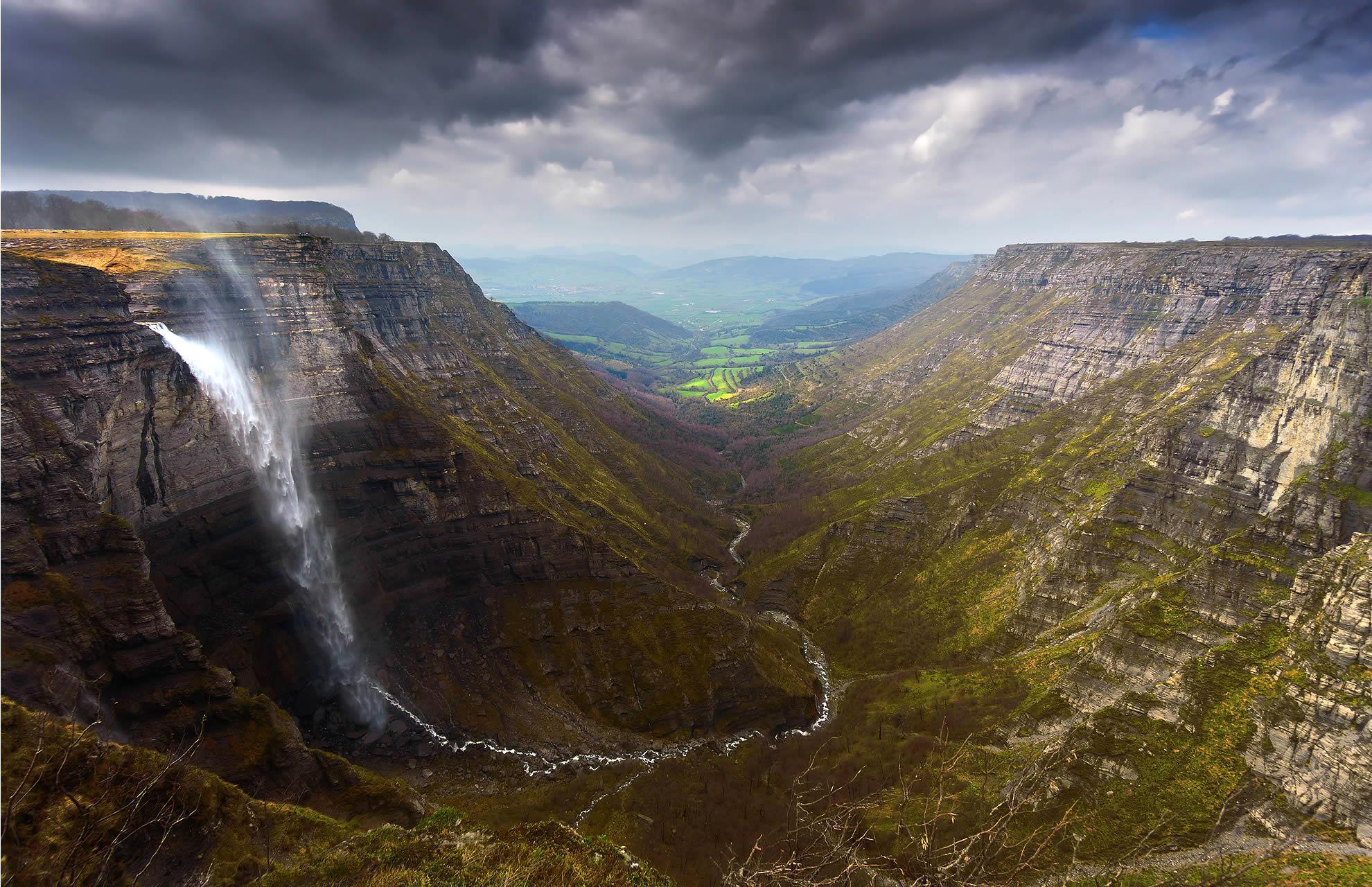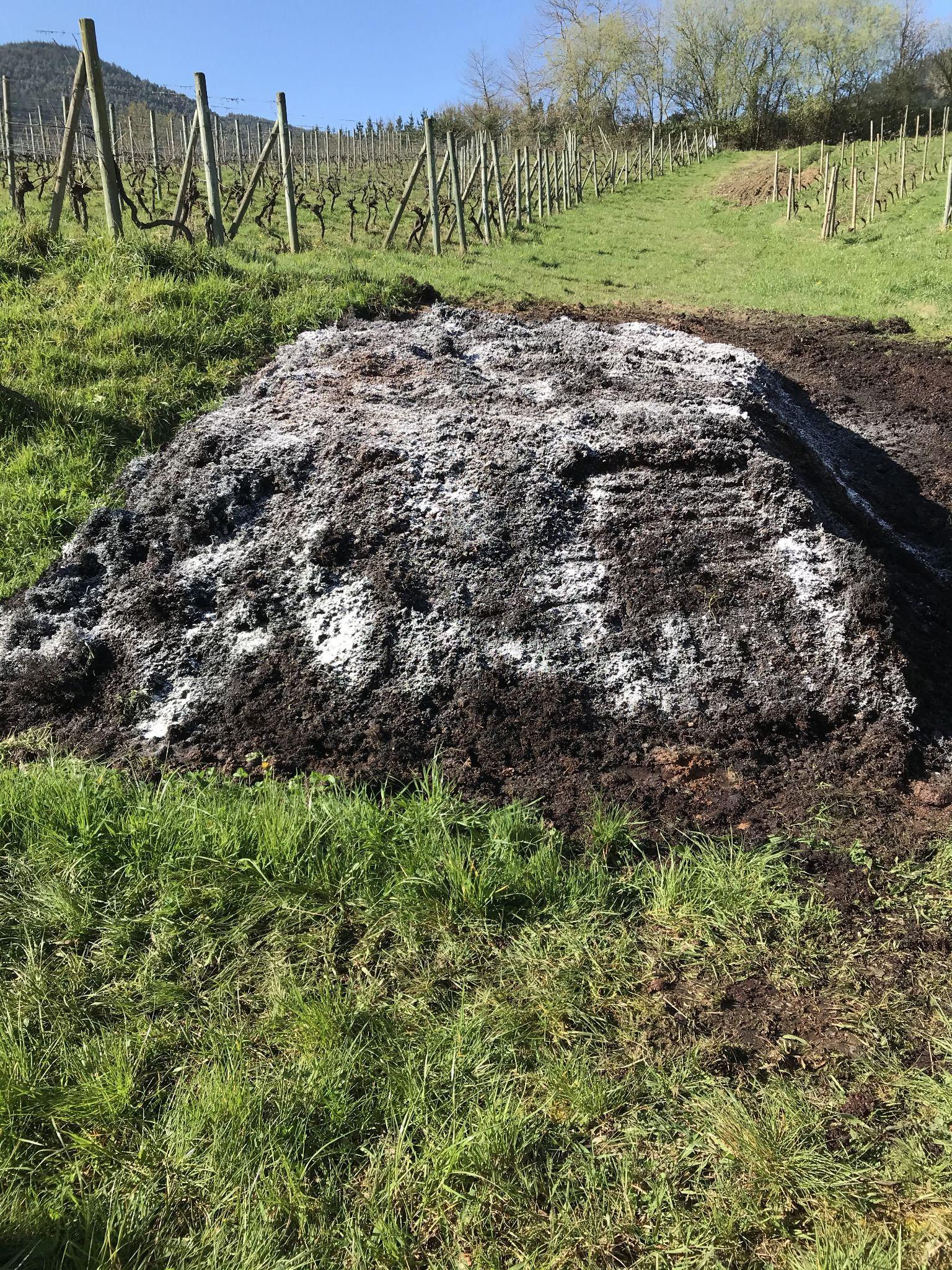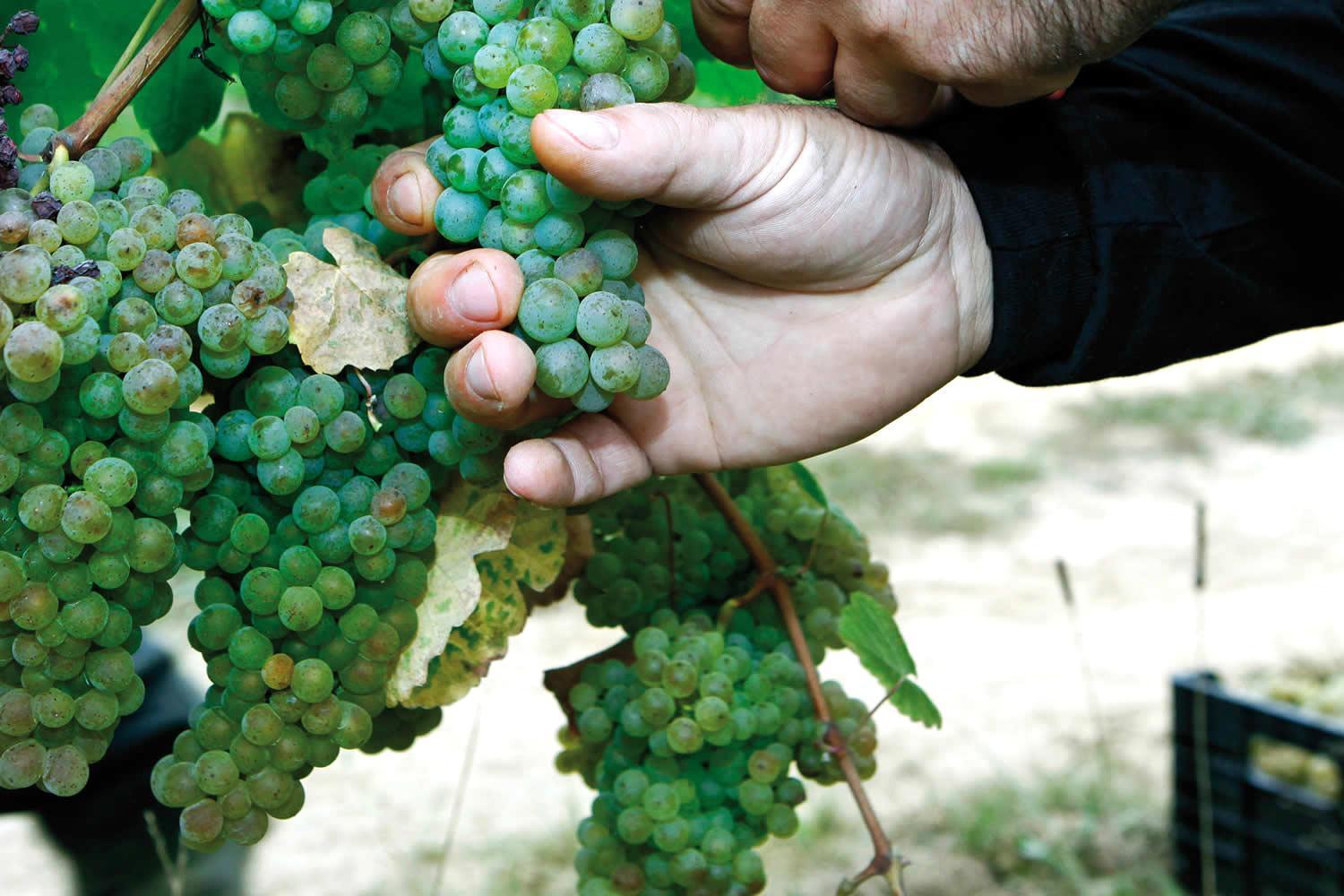
1 minute read
TERROIR


In the valley of Ayala, the vineyards are defined by an Atlantic climate with continental influence, low diurnal temperature shifts and a 62ºF (16ºC) average temperature during growing season. Off the valley floor but still protected by the surrounding mountains, the vineyards avoid damaging frosts and fog.
Marles in the soils are evidence of an ancient coral reef in the area, covered with more recent alluvial deposits. Deposits of slate and limestone are interspersed. Soil pH is neutral to slightly acidic. All are factors contributing to the freshness and notesofsalinityinthewines.



Fact
Astobiza takes special care of Plot 1, which contains some of the oldest vines on the estate, nearly 40 years old.
VITICULTURE&WINEMAKING
Care For The Land
The rich biodiversity of Astobiza’s lands encourages healthy vines and contributes to the signature profile of their Txakoli. Theypracticeminimalmechanizationandencouragespontaneouscovercropstosupportgoodsoilmanagement.
NATIVE VARIETALS: TRADITION AND INNOVATION
Hondarrabi Zuri is the leading variety of Txakoli, accounting for 97% of Astobiza’s plantings. The size of the bunches and berriesaresmallwithahighproportionofskinandseeds,andthevinesareprunedindoubleGuyotforlowyields.Thecool Atlanticairproduceswineswithtautminerality, well-structuredacidityandaromasofpear,citrus,andfloralnotes.
Grapes are harvested and sorted by hand according to traditional methods. Dry neutral yeasts, cold maceration and controlled fermentations form the basis of their winemaking process. Among Astobiza´s innovations are vinifying Txakoli meanttoage.TheircuveeMalkoaistheonlyTxakoliagedinconcreteeggswithitsleesforaround20months,pushingthe boundariesoftraditionalTxakoliproductiontoadddepthandcomplexity.


Astobiza also works to preserve lesser known local varietals like Izkiriota. Also known as Gros Manseng, Izkiriota has potential to produce wines with an intense flavor, high acidity and notes of apricot, quince, spices and florals. The timing of harvest plays a big role in the style of wine the grape produces. In Astobiza, Izkiriota is harvested late in order to produce their sweet wine. Hondarrabi Beltza –the red to Zuri’s white – has a similar focus on acidity and freshness, and forms the backbone of Txakoli red and rosé.




